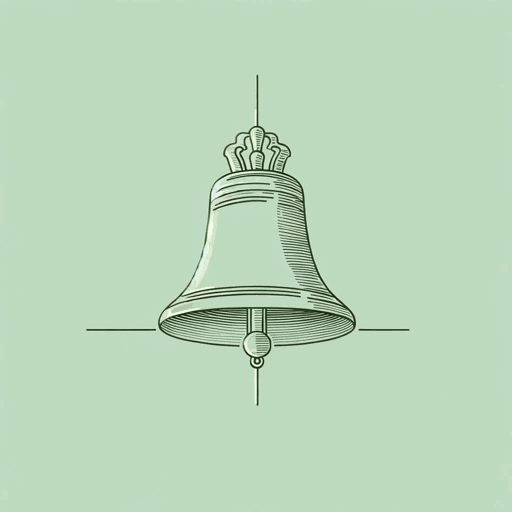40 pages • 1 hour read
Dorothy L. SayersThe Nine Tailors
Fiction | Novel | Adult | Published in 1934A modern alternative to SparkNotes and CliffsNotes, SuperSummary offers high-quality Study Guides with detailed chapter summaries and analysis of major themes, characters, and more.
Important Quotes
“‘I am always so delighted to find that there are things you cannot do. Did you ever try?’ ‘Once only, my lord, and on that occasion an accident was only narrowly averted.’”
(Chapter 1, Page 19)
Bunter admits that he has no skill at change ringing, which pleases Wimsey. During their time together, Bunter has always been able to anticipate Wimsey’s needs and meet them. This causes his master some irritation because the valet cannot be caught off guard. In this, he is much like the butler in the Jeeves and Wooster series by P. G. Wodehouse, which was popular when Sayers was writing.
“The art of change-ringing is peculiar to the English, and, like most English peculiarities, unintelligible to the rest of the world.”
(Chapter 1, Page 22)
The author pokes fun at her own nation’s eccentricities. The island nation developed many of its traditions in isolation from the rest of the European continent. Consequently, the English character and its liking for order are incomprehensible to the French, Spanish, and other southern neighbors.
“By the English campanologist, the playing of tunes is considered to be a childish game, only fit for foreigners; the proper use of bells is to work out mathematical permutations and combinations.”
(Chapter 1, Page 22)
Sayers describes the logical progression of sound in change ringing and explains it as something other than pretty noises. She amplifies this trait by making a change-ringing sequence the key to the cipher letter. Undoubtedly, the art of change ringing speaks to Wimsey’s character and appeals to him principally because of its mathematical precision. Change ringing is an intellectual exercise.


